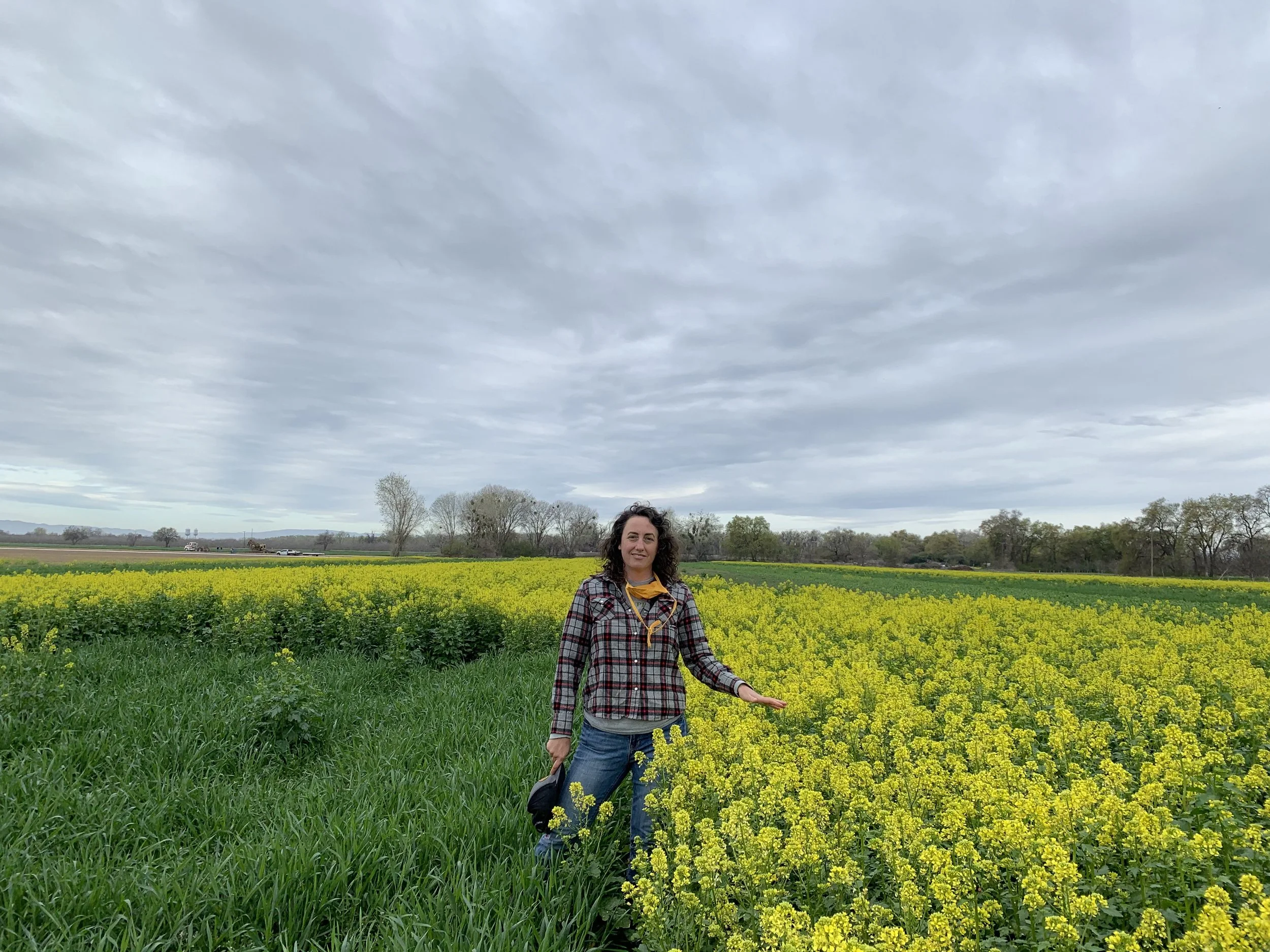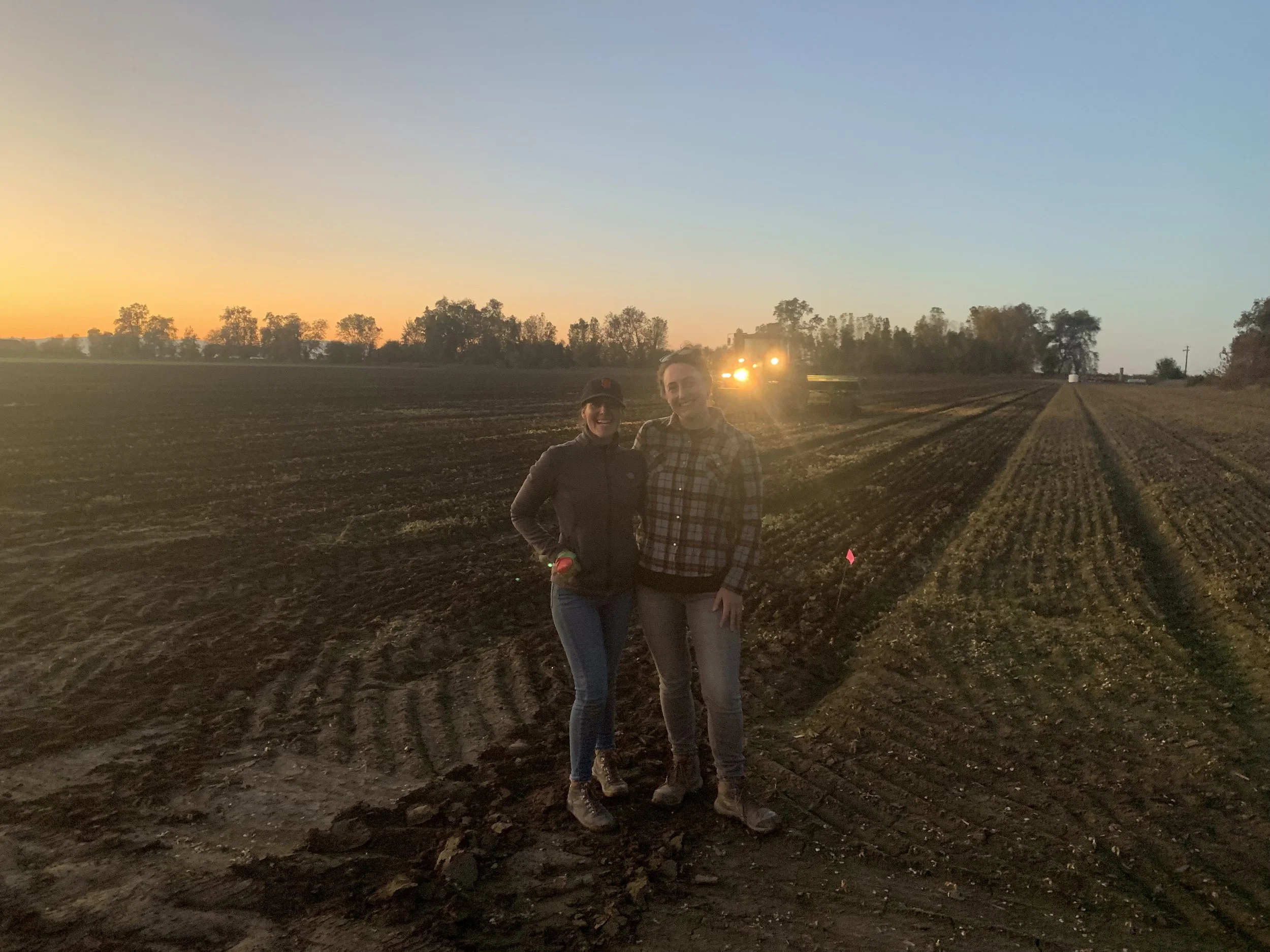Cover crops, or crops planted not to harvest but to cover the soil, are able to reduce soil erosion, increase water infiltration, improve soil health, and help mitigate climate change. However, in the Sacramento Valley, cover crop acreage remains low in the annual rotation of crops. Many growers have concerns over cover crop species and management costs, as well as uncertainty about how to effectively terminate cover crops in order to prepare the fields for cash crop planting.
In 2020, Sarah Light, agronomy advisor at the University of California Cooperative Extension, partnered with the Colusa County Resource Conservation District, Davis Ranch, Richter Ag, and the United States Department of Agriculture Natural Resource Conservation Service to apply for a CDFA Healthy Soils Program Demonstration Grant. The team received $99,832 of grant funding to conduct a demonstration project on cover crops on two fields in the Sacramento Valley from fall 2020 to spring 2024. They aimed to show local farmers strategies for selecting cover crop species, based on the associated benefits of each species, as well as important tips for successful field‑scale cover crop management. “Funding from this program strengthened our overall capacity for soil health outreach in the region that benefits growers in the Sacramento Valley,” said Light. The project has an estimated GHG reduction benefit of 15 MTCO2e in its life span.
Sarah Light with white mustard and triticale cover crop.
When in‑person activity was a major challenge early in the COVID‑19 pandemic, the team created a YouTube channel, “The Soil Health Connection,” featuring 29 episodes in English and five in Spanish. These episodes featured soil health experts from around the state, including researchers, farmers industry representatives, technical assistance providers, and natural resource conservation agency representatives. “The collaboration was effective not only in sharing information on how to manage cover crops, but also allowed us to continue to extend knowledge and outreach during COVID, when regular in‑person outreach activities were not available,” Light said.
Besides the YouTube channel, the team offered a virtual field day and a cover crop field tour early on, as well as a few in‑person field days when pandemic conditions allowed. They were also able to present at local growers’ meetings and some conferences. The project team has found that sharing information about cover crops with growers directly has been very effective in breaking down barriers to implementation and encouraging growers to integrate cover crops into their agricultural production.
Liz Harper, the executive director of Colusa County Resource Conservation District, was very pleased with the project outcome. “We have had a very positive experience from this project and believe that this collaborative model is the most effective way to affect changes in our rural communities,” she said.
Harper and Light in the field, planting cover crop.



